Morocco is situated in the northwest corner of Africa, between c 21° and 36° N, and is basically an African country with a large Mediterranean region. Except for the extreme south that is part of the Sahara, rains fall mainly during the cool season (October – April) and the summers are hot and dry; drought prevails in the Saharan region throughout the year. Friendly people, great scenery and bird specialities; Morocco is one of the favourite destination for birders in search of endangered or rare species such as Bald Ibis, Dark Chanting Goshawk, Tawny Eagle, Eleonora’s Falcon, and African Marsh Owl, as well as other species such as Dupont’s Lark, Moussier’s Redstart, Desert Warbler, Black-crowned Tchagra, and Desert Sparrow.
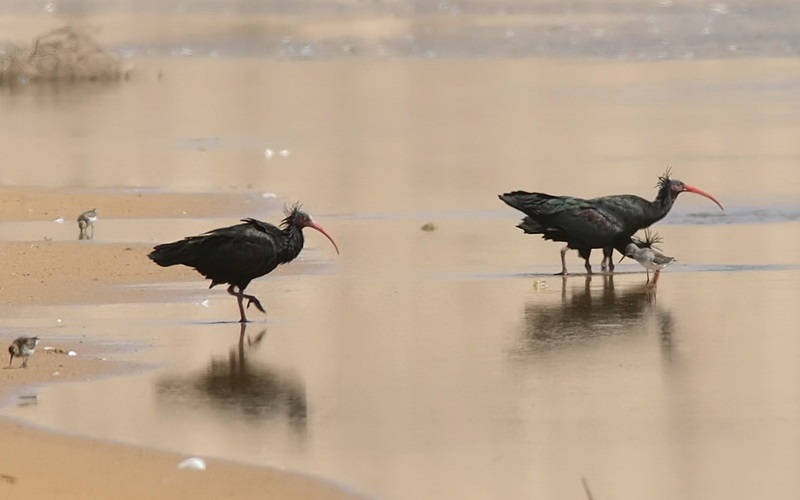
The Country divides into a number of geo-physical regions, and this influences the birds that are found there.
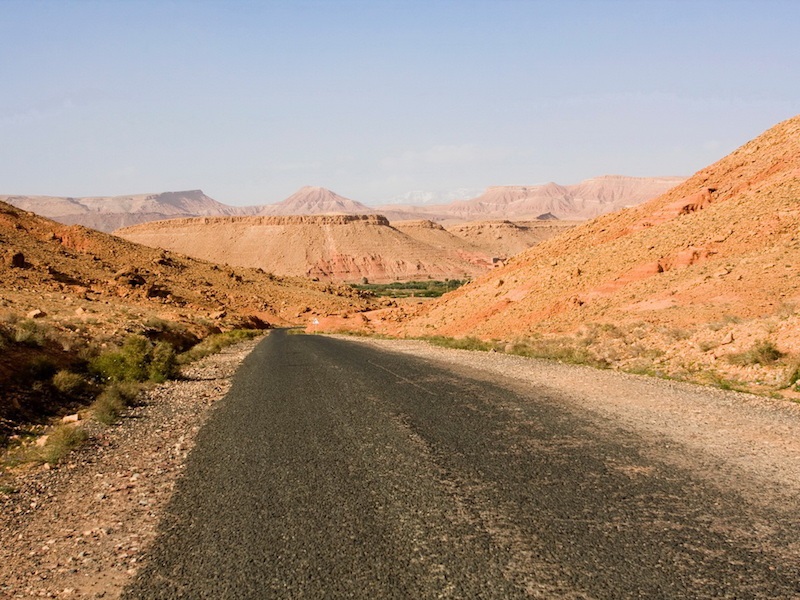
Mountains, 5 ranges are aligned along a NE – SW axis, and these include the Rif along the Mediterranean coast (2456m, Jbel Tidighine); the Central Plateau (1627m, Jbel Mtouzgane); the Middle Atlas (3340m, Jbel Bou-Naceur); the High Atlas (4167m, Jbel Toubkal) and the Anti-Atlas (3304m, Jbel Siroua). Despite high human and animal pressure, forests of broad-leaved and coniferous trees are still widespread.
Atlantic Morocco includes rich agricultural plains and more barren and dry plateaux. Most of the original forest has been turned into matorral- or shrub-type vegetation after intensive cutting and grazing, but some has been well preserved (eg ‘Forêt de la Mamora’ with Cork Oak in the Rharb) however, large tracts of eucalyptus have been planted. The Souss valley, with its unique Argan woodland, lies between the High and Anti-Atlas.
Eastern Morocco, except for the area adjacent to the Mediterranean coast, is dry with especially hot summers and cold winters; the High Plateaux rise to over 1000m and are covered with a steppe type vegetation dominated by Artemisia herba-alba and Stipa tenacissima.
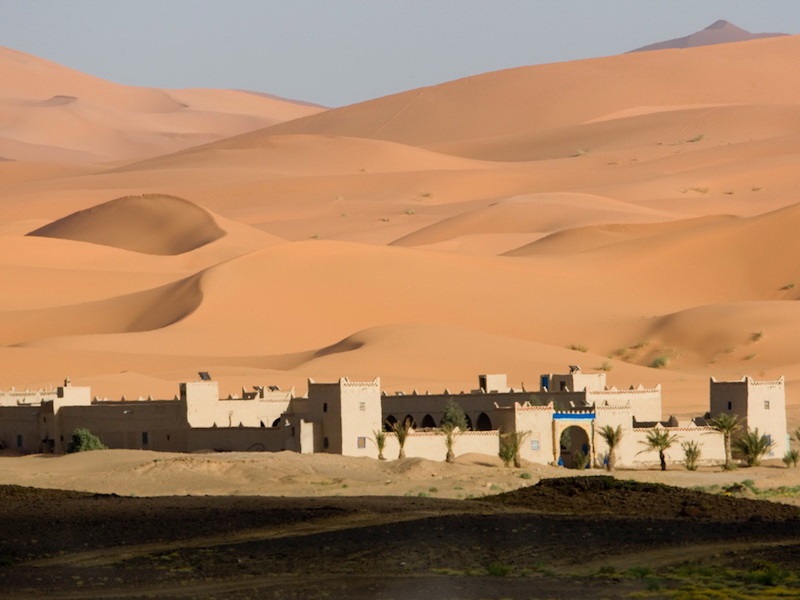
Saharan Morocco lies to the south of the High and Anti-Atlas. In the Eastern part, palm oases stretch along the rivers (Oueds) but the region is mainly large stony regs (pebble desert) covered withHammada scoparia; acacias thickets grow along the wadi bottoms. The drought is attenuated in a 15-200 km wide strip along the Atlantic coast, which receives moisture from the ocean; the coast is mainly rocky.
The Birds
454 species have been recorded in Morocco and 209 regularly breed there. Most (c85%) breed north of the Atlas Mountains, because of the moister climate and more diversified habitat, so only about 35% breed in the Saharan region.
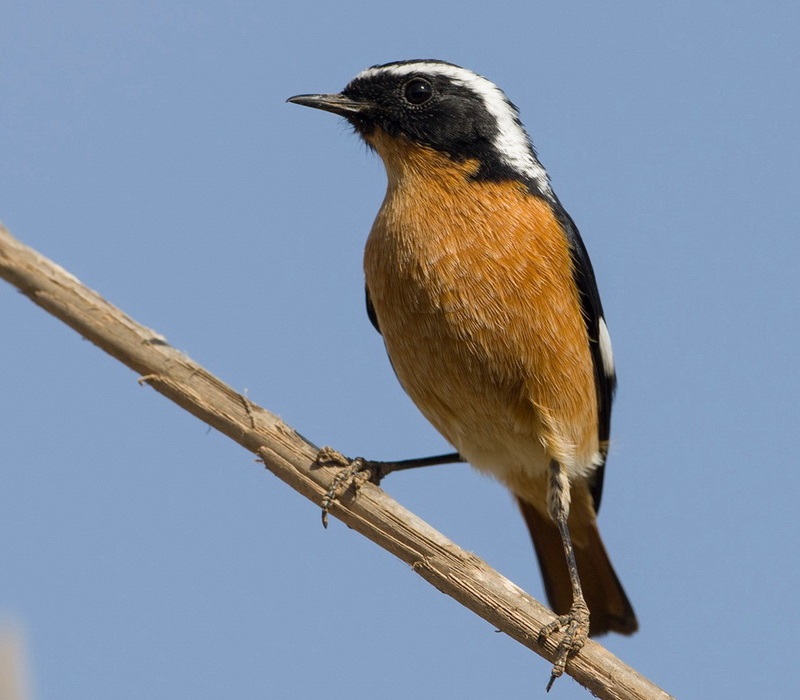
Every year, millions of West European migrants go to and pass through Morocco, mainly from late July to early November in the autumn, and from March to May in the spring. Most, especially passerines, migrate by night or over-fly too high to be seen during the day; others, like waders and gulls, often stop at wetlands to refuel, and provide unforgettable sights. The Straits of Gibraltar is famous for concentrating soaring birds, especially storks and raptors.

120 species are regular winter visitors, including 34 that are at the southern limit of their wintering range. 115 other species have been recorded as accidental visitors, either from Europe and Asia (e.g. Great Knot and Pectoral Sandpiper); from Tropical Africa (e.g. Brown Booby and Lesser Flamingo); or from Northern America (e.g. Blue-winged Teal and Laughing Gull).
Birding hotspots
Several wetlands spread along the Atlantic coast that are rightly famous for their migrant and wintering waders and gulls. These include Merja Zerga, Lac de Sidi Bou-Rhaba, Sidi-Moussa-Oualidia lagoons, and the Souss and Massa estuaries along the North coast, Khnifiss lagoon and Dakhla and Cintra Bays along the Saharan coast. The islets off Essaouira shelter a colony of Eleonora`s Falcons. The Mediterranean coast includes two major wetlands: Sebkha Bou-Areg and the Moulouya estuary.
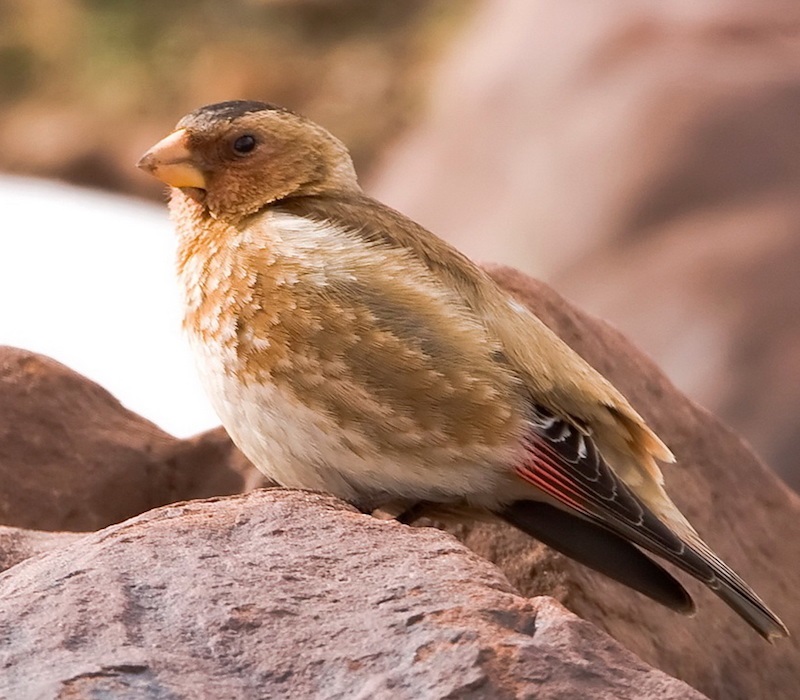
Mountains shelter a rich avifauna; this can be seen best on the Plateau des Lacs in the Middle Atlas (Crested Coot, Levaillant’s Woodpecker, etc.) and at Oukaimeden in the High Atlas (Atlas Shore Lark, Alpine Accentor, Rock Sparrow, & Crimson-winged Finch).
Many desert-living species, including larks, wheatears and sandgrouses, are widespread in desert Morocco; others are more restricted in range, and birding hotspots include the temporary lake of Merzouga near Erfoud (waders and ducks in the desert!) bordered by the only large Moroccan sand dunes, the so-called Erg Chebbi (Desert Warbler, Brown-necked Raven, Desert Sparrow et al); and the Barrage Mansour-Eddahbi near Ouarzazate.
The Souss valley is famous for Dark Chanting Goshawk and Tawny Eagle, and the Straits of Gibraltar for the impressive raptor migration.
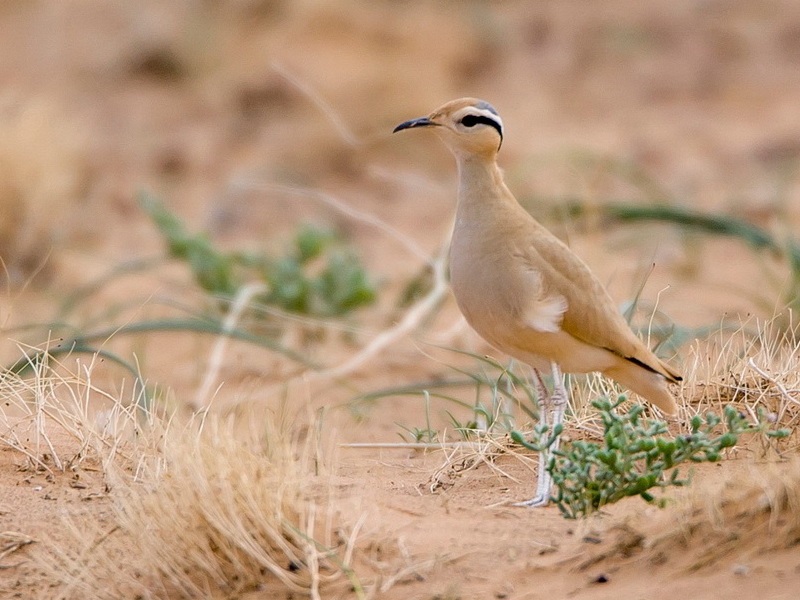
There are, of course, hundreds of other sites worth exploring for Ruddy Shelduck, Marbled Teal, Black-winged Kite, Booted and Bonelli’s Eagles, Lanner and Barbary Falcons, Double-spurred Francolin, Purple Gallinule, Houbara and Great Bustards, Cream-coloured Courser, Desert Eagle Owl, Plain Swift, Blue-cheeked Bee-eater, Scrub and Tristram’s Warblers, Fulvous Babbler or Black-crowned Tchagra… so, when you visit, explore for yourselves.
Major Source: Fatbirder
Map Source: Googlemaps™
Photo Source: © Birding Ecotours
